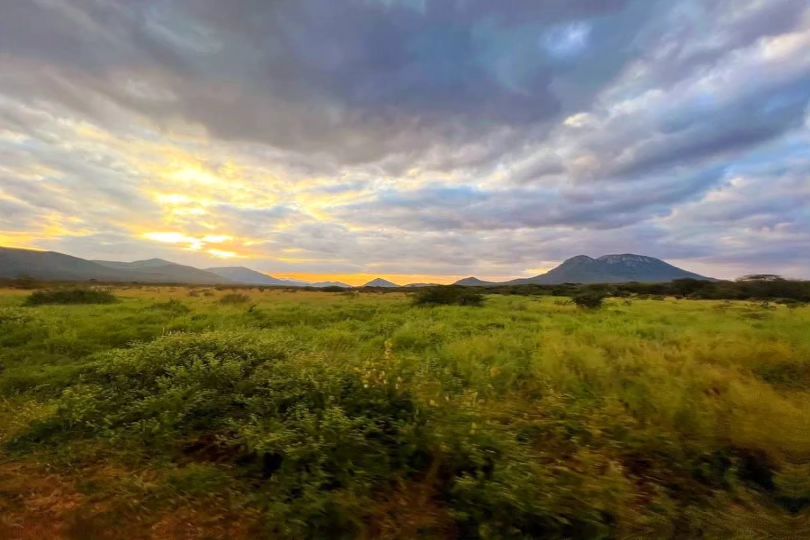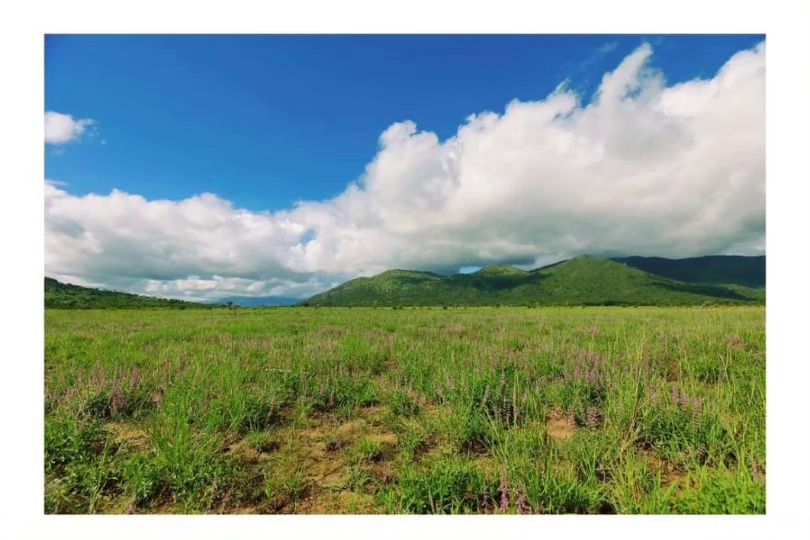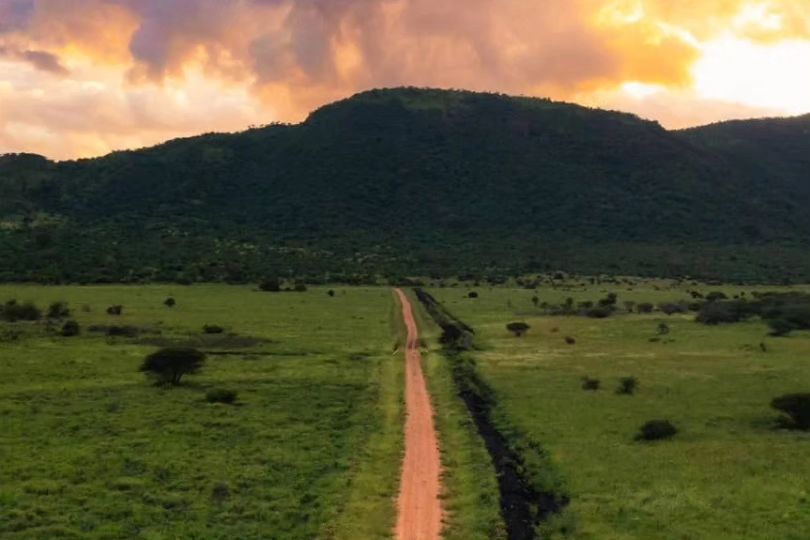Mkomazi National Park – Unearthing Tanzania’s Hidden Treasures
Nestled along the northeastern border of Kenya’s Tsavo West National Park, Mkomazi National Park has a story that unfolds like a hidden gem waiting to be discovered. Commissioned as a Game Reserve in 1951 and elevated to National Park status in 2008, Mkomazi beckons adventurers seeking to explore Tanzania’s lesser-known natural wonders. Situated to the east of the majestic Pare Mountains, near the town of Same and approximately 190 kilometers from Arusha, this park finds its place within the semi-arid savanna arc, a unique landscape that extends into Kenya’s Tsavo West. It forms a vital part of the Mkomazi-Tsavo Ecosystem, which ranks as the second-largest trans-boundary ecosystem in East Africa, surpassed only by the renowned Serengeti-Maasai Mara.
Before coming under the auspices of the Tanzania National Parks Authority (TANAPA), Mkomazi, encompassing an area of 3,245 square kilometers, was managed by the government as a game reserve. As a national park, Mkomazi holds the potential to evolve into a splendid sanctuary, offering visitors the opportunity to uncover more of Tanzania’s hidden natural treasures.
A Flourishing Eden of Wildlife
Mkomazi National Park pulsates with life, thanks to the Umba River gracing its southeastern border and other vital waterholes scattered throughout the park. Here, an enchanting tapestry of small and large mammals thrives, offering captivating wildlife encounters. Among the residents are the silver-backed jackal, majestic lion, swift cheetah, elusive leopard, graceful giraffe, robust buffalo, stately elephant, and the iconic zebra. The park also proudly hosts the rare and unique gerenuk, lesser kudu, and fringe-eared oryx, all of which can be readily sighted by fortunate visitors.
In a dedicated effort to safeguard endangered species, Mkomazi boasts two sanctuaries within its boundaries. The Mkomazi Rhino Sanctuary has earned international acclaim for its tireless work in rehabilitating rhinoceros populations. Here, visitors can witness these magnificent creatures up close and gain valuable insights through educational opportunities. Additionally, a sanctuary for the wild dog, another endangered species, has been established to further protect these remarkable animals.
A Haven for Nature Enthusiasts
Mkomazi unfolds as a haven for birdwatchers, showcasing a vibrant avian community of more than 450 species, including several Eurasian migratory birds. The park’s diverse landscapes, from arid savannas to riverine habitats, offer a rich canvas for birdlife to flourish. Birdwatching enthusiasts will find themselves immersed in a captivating symphony of colors and calls.
Visitors to Mkomazi National Park can partake in a myriad of activities that connect them with the natural world. Game drives offer opportunities for wildlife encounters, while walking safaris provide an intimate connection with the landscape and its inhabitants. Adventurous souls can embark on mountain hikes, exploring the picturesque Pare Mountains. And for those who seek the skies, Mkomazi’s birdwatching excursions promise unforgettable moments.
Mkomazi is a destination for all seasons, with late June to early September being the prime time for observing large mammals and birdlife. Whether integrated into a comprehensive circuit encompassing Arusha, Usambara, Tanga, Pangani, Saadani, Dar es Salaam, or Zanzibar, or experienced as a standalone destination following a visit to Arusha or a Kilimanjaro climb, Mkomazi National Park unveils the treasures of Tanzania’s natural world. It is a sanctuary where the spirit of adventure and discovery thrives, where nature’s wonders await those who venture into its embrace.
Additional Facts:
– Mkomazi National Park is renowned for its diverse plant life, including species like the acacia, baobab, and Commiphora trees, which contribute to the park’s unique landscape.
– The park’s name “Mkomazi” is derived from the Pare language and means “The source of water,” a reference to the vital water sources that sustain its wildlife.
– Beyond its resident species, Mkomazi serves as a crucial migratory corridor for wildlife moving between Tanzania and Kenya’s protected areas, contributing to regional conservation efforts.
– The park is part of the Eastern Arc Mountains, an area known for its high biodiversity and endemism, making it of particular interest to ecologists and conservationists.
– Mkomazi National Park also plays a significant role in the protection of the African elephant population, with conservation efforts aimed at curbing poaching and ensuring their survival.
– Conservation programs in the park include research and monitoring of the endangered species it hosts, making it an essential hub for scientific inquiry and wildlife preservation in Tanzania.


